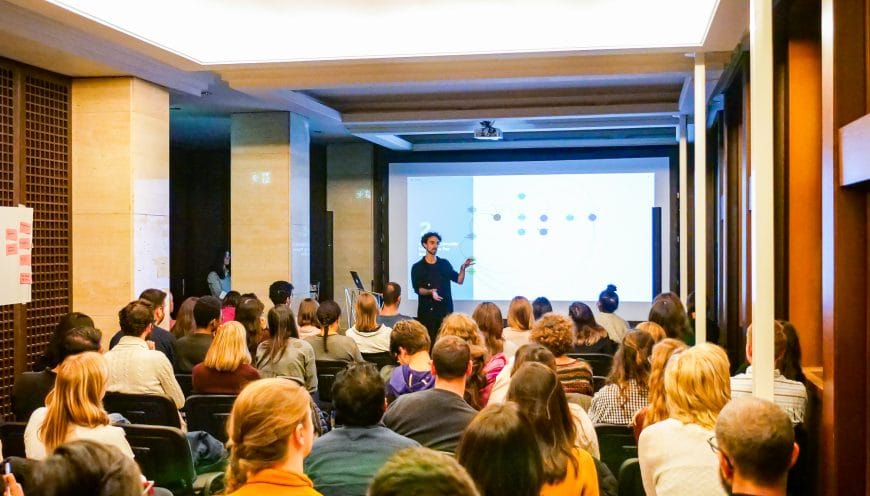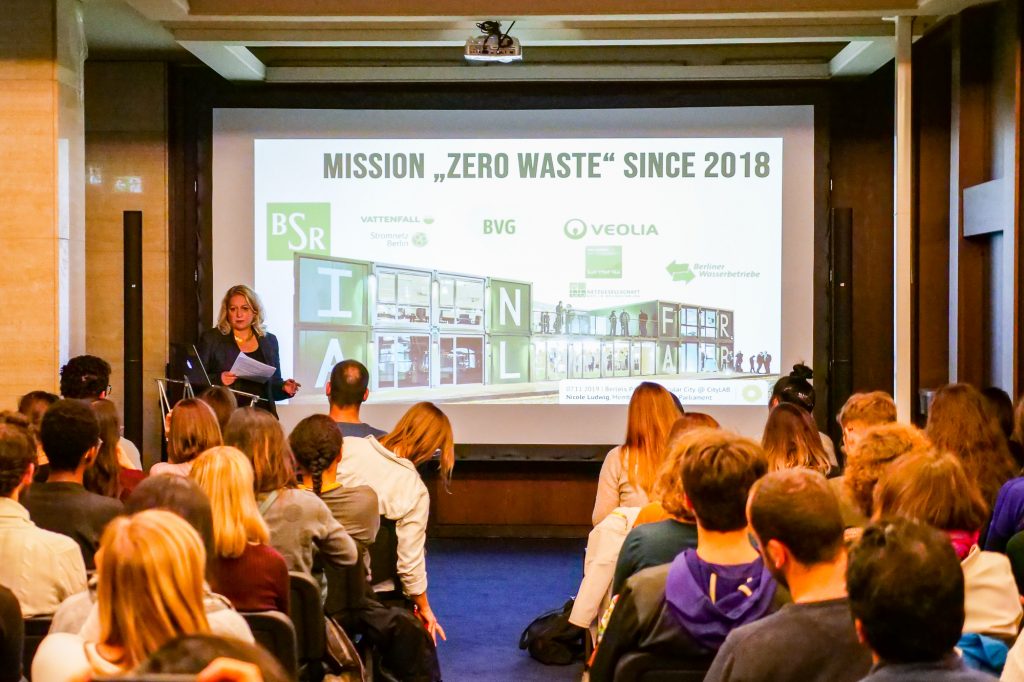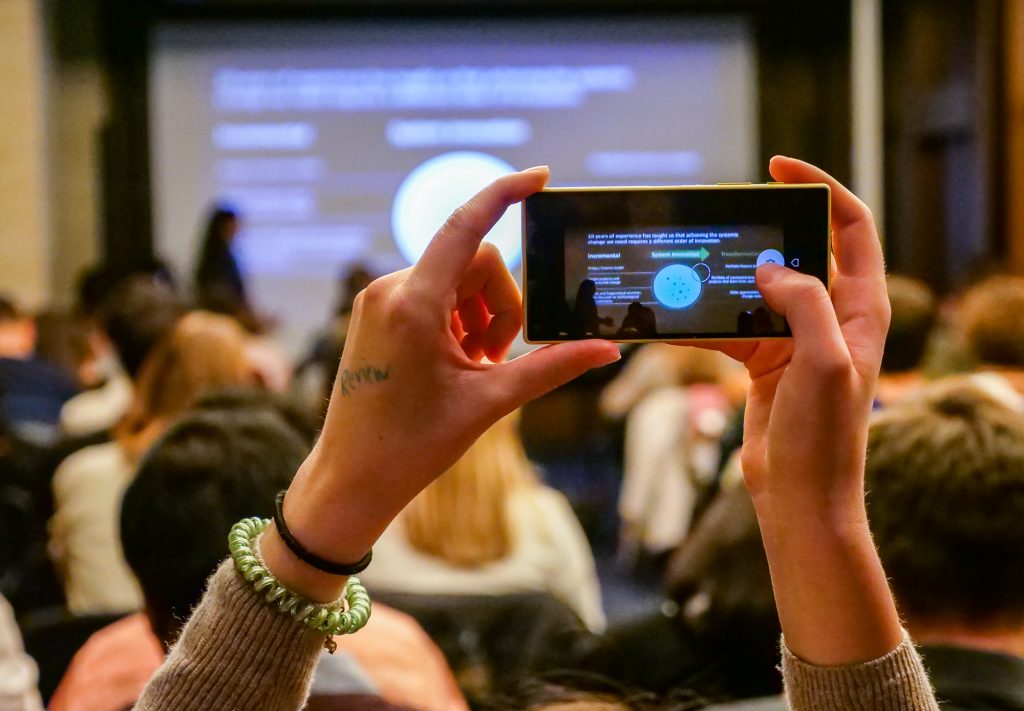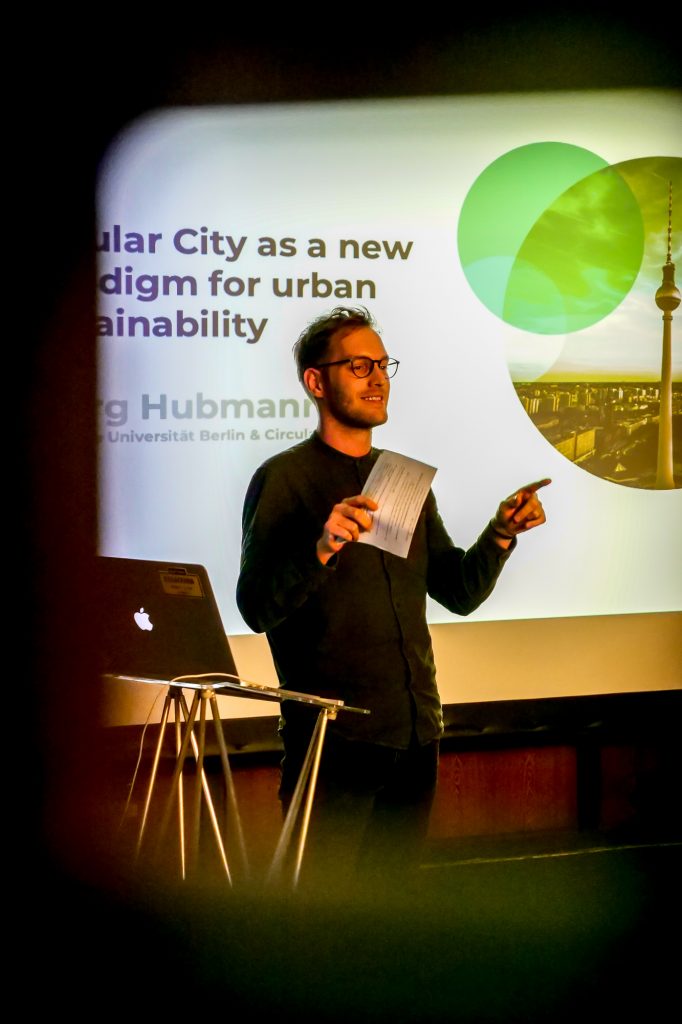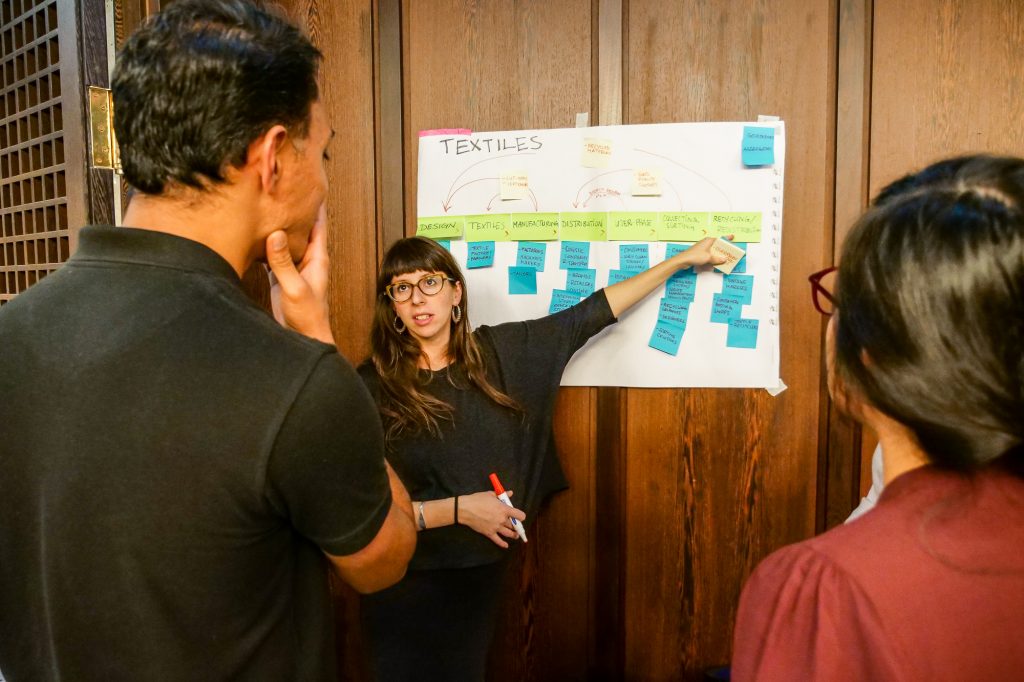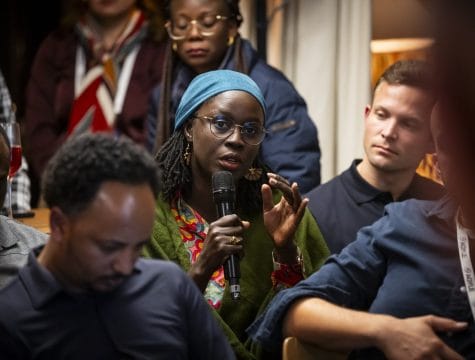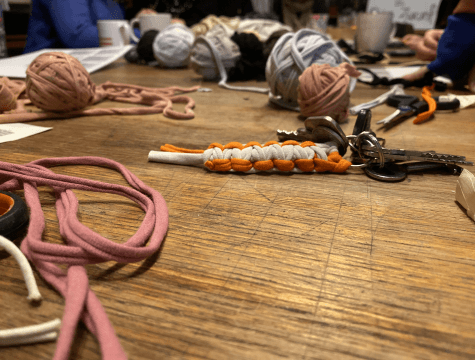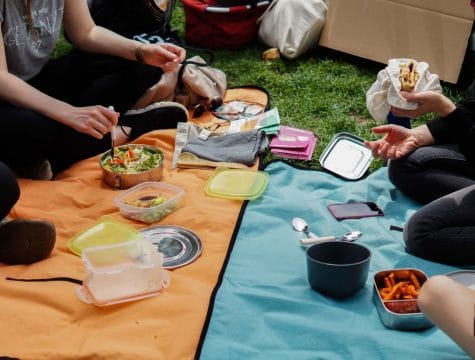Cities are major centres of the human population, economic capital, natural resource use, and waste generation. In Circular Berlin we strongly believe that the Circular City is the future approach to address the pressing topic of resources. Here is how we define it for our work:
Resources are sourced locally, if possible, used only if truly needed, and their value is maintained as part of a continuous loop ー within the limits of our planet. Waste and pollution are non-existent. People’s lives and jobs positively affect their neighbourhoods and communities.
Circular Berlin
With our last event this year, organised together with CityLab we wanted to share our vision and ideas with the community about the circular city approach. Our guests, Nicole Ludwig, Member of the Berlin Parliament, Green party, Spokesperson for economy and sports shared with us the current Berlin steps already made towards circularity. Also, we had a chance to get the insights from the international municipalities-led practices in the circular economy, presented by Maria Loloni from Climate-KIC and Isabel Ordonez, Circular Berlin.
Check out the full presentation input:
The topic of the circular economy started its development on the product and material level. This is the micro approach, which requires an understanding of design principles, material specifications and innovative business components. On the city level, everything is getting a bit more complex, because there are many different systems that are interconnected and interfere with each other.
The Circular City approach requires a top-down strategy and bottom-up actions. There are 2 types of strategies that could be applied. The first one is a cascading or looping approach. This approach is mainly relevant for the materials, energy and water streams, focusing on the connectivity among actors to share input and output. The second one is realised through Rs-principles: reduce, reuse, repurpose, repair, remanufacture, and finally recycle. This is something that is more relevant for the services, or not something material driven.
The realisation of these strategies in the city, however, could be done with these 4 steps.
- Understand local stakeholders.
- Understand city needs and gaps to close the loop
- Create collaboration and local clusters
- Implement integrated urban flow
Currently, with our work in Berlin, we are on the first step. It is a time-demanding process, but also very rewarding and insightful. Start with your local community to get engage the community and understand what is going on. And if you also want to learn who are the local heroes of circular economy check out community page for more info.
In our event, we tried to prototype with our community possible loops across different industries in Berlin, such as textiles, construction, food for consumers & businesses, hospitality (hotels) consumer goods (electronics), events, and energy. As a little hint, we could share already one example from the food sector, which is possible to connect here in Berlin for circular food loops:
It was not an easy task, to start immediately prototyping Berlin’s looping scenarios, but definitely, it was a lot of fun to exchange the ideas and gain so much inspiration from the crowd.
Thanks a lot to the whole Circular Berlin team for the preparation, co-facilitation, and sharing your knowledge! It was a big success. And special thanks to Ian Delu from Sinnwerkstatt for the captured images.

